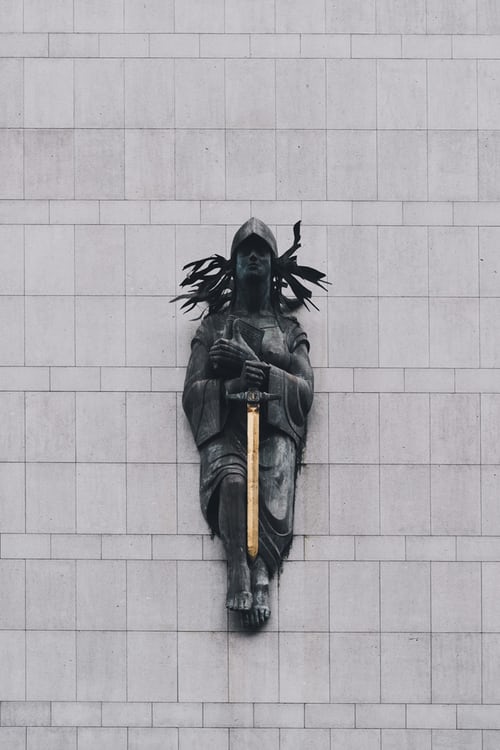 Redemption arcs are one of those classic fictional tropes that everyone’s heard of, even though they may not know the term. Think Darth Vader saving Luke Skywalker or Severus Snape’s dying words and there you go. Giving your nasty characters a chance to show their good side is part of the fun of writing fiction: writer after writer has found, at some point, that the villains are more interesting than the heroes. Redemption arcs are also the main storyline of many erotica and romance tales: we start with the loveless fucked-up bastard who ends up being saved by the love – or even the lust – of the protagonist.
Redemption arcs are one of those classic fictional tropes that everyone’s heard of, even though they may not know the term. Think Darth Vader saving Luke Skywalker or Severus Snape’s dying words and there you go. Giving your nasty characters a chance to show their good side is part of the fun of writing fiction: writer after writer has found, at some point, that the villains are more interesting than the heroes. Redemption arcs are also the main storyline of many erotica and romance tales: we start with the loveless fucked-up bastard who ends up being saved by the love – or even the lust – of the protagonist.
So far, so fair enough. Though obvious redemption arcs can be a little tiresome to read, along with all the other seriously overused tropes common to the laziest romance and erotica stories. At least try to come up with something fresh when plotting out your story.
Sometimes, though, real life throws up something that you’d consider to be either completely tasteless as a redemption arc, or just too implausible. Last week’s events at London Bridge come to mind. A violent terrorist being subdued by members of the public wielding a fire extinguisher and a narwhal horn? Some would say you couldn’t make it up; others would say that if you had made it up, your editor would probably give you a smack on the head and send you back to your desk to tone things down. When the story initially broke, there was an understandable amount of ‘Go, the Great British Public’ stuff across social media. Then things rapidly got a little more confusing once it  emerged that one of the people who had helped prevent the attacker doing even more harm was, himself, a convicted murderer, reaching the end of his sentence for a particularly vile crime.
emerged that one of the people who had helped prevent the attacker doing even more harm was, himself, a convicted murderer, reaching the end of his sentence for a particularly vile crime.
To an extent, people seem more inclined to accept redemption arcs in fiction than in real life, which may be down to the toxic culture of heroes and villains constantly pushed by the mainstream media – you have to be one or the other and there is no room for acknowledging the fact that bad people may do good things and vice versa. When writing fiction, you’re likely to have heard the advice that no one is perfect and no one completely devoid of positive attributes. Characters who are all one thing or all the other are dull to read about and fairly dull to write about. It might be time to bear this in mind when looking at real life people as well. Maybe one good act doesn’t balance out one atrocious one, and maybe one small sin doesn’t cancel out a lifetime of kindness and decency, either.
Enjoyed this post? Why not exit via the bookshop?

